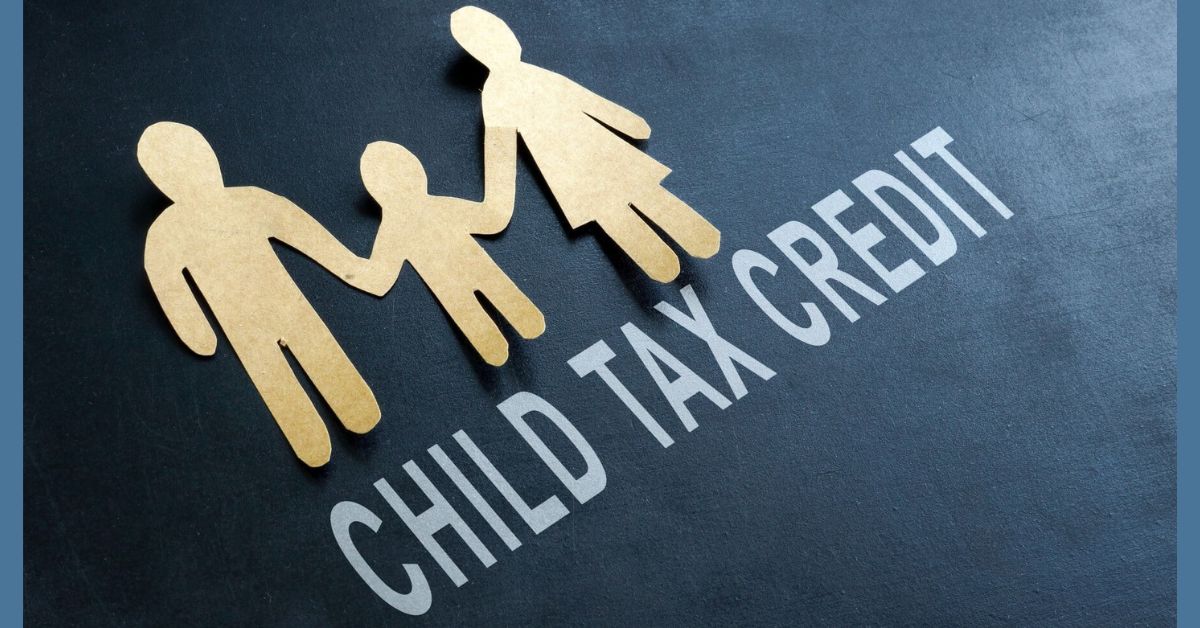Understanding the Credit That Helps Working Families
Caring for a child or a dependent family member is rewarding—but also expensive. For many households, childcare costs take up a large portion of monthly income. To help ease that burden, the IRS offers the Child and Dependent Care Credit (CDCC), a valuable tax benefit for working parents and caregivers.
For the 2025 tax year, this credit allows you to recover a portion of what you spent on childcare, after-school programs, or adult dependent care. Whether you are a single parent balancing work and home or a couple managing daycare costs, this credit can make a meaningful difference.
This article covers everything you need to know about the CDCC—who qualifies, what expenses are covered, how much you can claim, and what updates apply for 2025.
What Is the Child and Dependent Care Credit?
The Child and Dependent Care Credit is a non-refundable federal tax credit designed to help offset the cost of care for dependents while you work or actively look for work. Unlike a tax deduction that reduces your taxable income, this credit directly reduces your tax bill dollar-for-dollar.
For 2025, the credit allows you to claim:
- Up to 35% of qualifying expenses, depending on your income
- A maximum of $3,000 in expenses for one qualifying person
- Up to $6,000 for two or more qualifying people
If you spent $6,000 on care for two children and your eligible rate is 30%, you could receive a $1,800 tax credit, directly reducing your owed taxes.
Who Can Claim the Credit?
To qualify for the Child and Dependent Care Credit, you must meet the following conditions:
Earned Income Requirement:
You and your spouse (if married) must have earned income from a job, self-employment, or business. Income from investments or rental properties doesn’t count.
Work-Related Expense Requirement:
You must have paid for care so you could work or look for work. Even if you are a full-time student or physically unable to care for yourself, you’re treated as having earned income for this purpose.
Qualifying Person:
The person cared for must be:
- A child under age 13 who is your dependent
- A spouse or dependent who cannot care for themselves and lived with you for at least half the year
Filing Status:
Married couples must file a joint return to claim the credit.
Eligible Types of Care
Many common childcare and dependent care services qualify for the credit. These include:
- Licensed daycare centers or nursery schools
- Babysitters or nannies who are not your dependents
- Before- and after-school programs
- Day camps (excluding overnight camps)
- Adult daycare for dependent adults unable to care for themselves
The care must enable you to work or search for work, not simply provide education or recreation.
Who You Can’t Pay for Care
You cannot claim the credit if the caregiver is:
- Your spouse
- The parent of the qualifying child (for example, your ex-spouse caring for your child)
- Anyone you claim as a dependent on your tax return
- Your child under age 19, even if not a dependent
You must also provide the caregiver’s name, address, and Taxpayer Identification Number (TIN), which can be a Social Security Number (SSN) or Employer Identification Number (EIN).
How to Calculate the Credit
The credit amount depends on three key factors:
- Your total qualifying expenses
- Your earned income (and your spouse’s, if filing jointly)
- Your income level, which determines your percentage (between 20% and 35%)
Example:
If you paid $6,000 for care for two children and your income qualifies for a 25% rate, your credit equals $1,500.
If your employer provided dependent care benefits—like a Flexible Spending Account (FSA)—you must subtract that amount from your eligible expenses before calculating your credit.
Income and Credit Percentage
The IRS uses a sliding scale to determine your percentage of eligible expenses:
| Adjusted Gross Income (AGI) | Percentage Allowed |
|---|---|
| $15,000 or less | 35% |
| $25,000 | 30% |
| $35,000 | 25% |
| $43,000 or more | 20% (minimum) |
The percentage decreases as income rises but never disappears entirely.
Using a Dependent Care Flexible Spending Account (FSA)
Many employers offer a Dependent Care FSA, allowing you to pay for care using pre-tax dollars. For 2025, the maximum FSA contribution limit is $5,000 per household.
You can use both the FSA and the Child and Dependent Care Credit, but not for the same expenses. For example, if you contributed $5,000 to an FSA and spent $6,000 on care, you can claim the remaining $1,000 for the credit.
Depending on your income level, an FSA may save you even more in taxes than the CDCC alone. Always check with your employer’s HR department for details.
Documentation and Filing Requirements
To claim the credit, you must:
- Complete Form 2441 (Child and Dependent Care Expenses) and attach it to your Form 1040
- Include your care provider’s name, address, and TIN (SSN or EIN)
- Keep receipts or proof of payment for at least three years
Failing to include caregiver information may result in denial of the credit.
Special Rules and Exceptions
Full-Time Students or Disabled Spouses:
If you or your spouse are full-time students or unable to care for yourself, the IRS treats you as having earned income of $250 per month for one dependent or $500 per month for two or more.
Day Camps:
Fees for day camps qualify for the credit, but overnight camps do not.
Separated or Divorced Parents:
Only the custodial parent—the one the child lives with most of the year—can claim the credit, even if the other parent claims the child as a dependent.
Step-by-Step: How to Claim the Credit
- Collect childcare receipts and caregiver SSN or EIN.
- Fill out Form 2441 with your total qualified expenses.
- Attach it to your Form 1040 return.
- Subtract any dependent care benefits like FSAs.
- Keep all supporting documentation for IRS verification.
Considering Alternatives
The Child and Dependent Care Credit is one of the most effective tax relief options for working parents. However, some may save more using a Dependent Care FSA or pre-tax childcare benefits from their employer.
Combining both strategies—an FSA and the CDCC—can maximize your tax savings by lowering both your taxable income and your final tax bill. Compare both options carefully to find what works best for your family.
Final Thoughts
The Child and Dependent Care Credit provides meaningful tax relief to families managing the high costs of childcare or dependent care. By understanding the eligibility rules, maintaining proper records, and using both the credit and FSAs strategically, you can significantly reduce your annual tax burden.
When tax season arrives, use reliable filing software or consult a tax expert to ensure you claim your full benefit. Every dollar saved helps support your family’s financial future.







